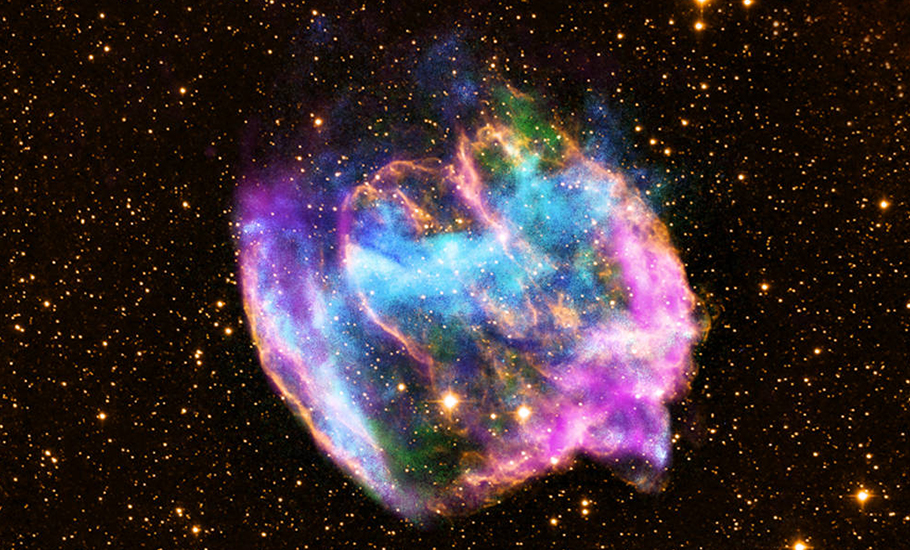
Early warning system to alert when a star dies in a supernova explosion

Scientists have now found a way to watch the explosive death of a star, known as a supernova explosion, in real time.
Astronomers from the Liverpool John Moores University (LJMU) and the University of Montpellier have developed an “early warning” system, which can alert when a massive star is on the verge of dying in a supernova explosion. This research has been published in the journal Monthly Notices of the Royal Astronomical Society.
How supernovas happen?
When stars reach the end of their lifetimes, they are torn apart by a massive explosion known as a supernova. Such cataclysmic explosions are known to send shock waves of compressed gas clouds far into the cosmos that eventually give birth to new stars. Until now, it’s been difficult for scientists to observe the exact moment when a star explodes for supernova explosions are “transient occurrences” and difficult to catch. But for the first time, it has become possible to watch the death of a supernova star with this supernova star warning system.
Also read: In a first, scientists document final days of a supergiant star
Star gets dim in last phase
Researchers have simulated how such massive stars fade towards the end of their life and gradually disappear as they enter a pre-explosion phase. They found that in a star’s “red supergiant” phase or the last phase of its life, dense material accumulates around it and the star becomes significantly dimmer. This happens because material suddenly accumulates around the star, and our view of the star gets fuzzy.
Ben Davies, corresponding author of the research article, said that the dense material almost completely dims the view of the star, making it 100 times fainter in the visible part of the spectrum. “This means that the day before the star explodes, you likely wouldn’t be able to see it was there,” said Davies, who is part of LJMU’s Astrophysics Research Institute.
Before this new research, astronomers were in the dark about how long it took for the “cocoon” of dense material to gather. “Most late-life images of stars are from about a year before they explode,” said the Liverpool John Moores University’s Astrophysics Research Institute in a press release. However, the stars aren’t circled by material in those images and they look normal.
Also read: New telescope visuals capture Jupiter as never before
The researchers realised this means that this cocoon is formed in less than a year, which is similar to the blink of an eye in the cosmic context.
“Until now, we’ve only been able to get detailed observations of supernovae hours after they’ve already happened. With this early-warning system we can get ready to observe it in real-time, to point the world’s best telescopes at it, and watch the surface of the star getting literally ripped apart in front of our eyes,” said Davies.


